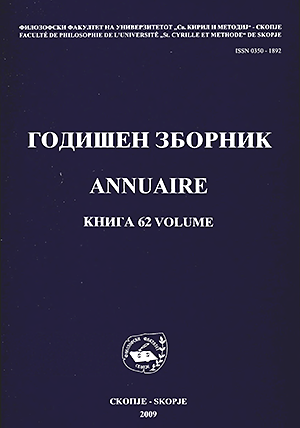THE THERMAL COMPLEXES ÏN THE ROMAN DOMESTIC BUILDINGS
DOI:
https://doi.org/10.37510/Keywords:
BATHS, THERMAE, HOUSES, VILLAS, ROMANAbstract
Daily public life in the Roman world can be divided into commercial, religious, political and recreational spheres. Public buildings were created in order to fulfill the corresponding functions of each of these areas of life. Public bath complexes throughout the city and its environs offered many facilities with various bathing rooms. Going to public baths was part of everyday life in the Roman world. The variety of attractions led to development of a rich world of leisure. Because the baths were clearly the gathering place for the population, there were plans to add new facilities such as libraries and swimming pools.
The design and the plan of Roman houses followed a recognizable pattern of spatial organization. These patterns were based largely on utility and included more factors in response to the cultural development of the Roman world and the changing functions that the house assumed during the Roman period. Most of the roman houses and villas had their own private baths.
In the Roman towns in Macedonia there were public and private bath complexes as a part of some houses. The House of Peristerias and the so-called Casino at Stobi, the urban villa at Heraclea and the urban villa at Skupi had baths in their organization. Private baths were included in the suburban and rural villas such as: Razbienica in Tikvesh, Mishevska Vodenica near Sv.Nikole, Kozluk near Ohrid, Peshterica near Prilep and so on.
The baths in wealthy houses consisted of series of rooms allowed visitors enough leisure. As in all Roman baths, at the core there were the 4 essentials: apodyterium, frigidarium, tepidarium and caldarium. Some rooms of the private bath complexes were quite small in some of the houses. Many of the rooms were luxuriously adorned with marble decoration on the walls and floors, mosaics, plasterworks, paintings and sculptures. Following the rituals of warm and hot baths or simply heating up in the very warm airs from the under floor heating, invented in the first century BC, gave the bather a real sense of well-being.
Downloads
Published
Issue
Section
License
Copyright (c) 2009 Dafina Gerasimovska

This work is licensed under a Creative Commons Attribution 4.0 International License.





